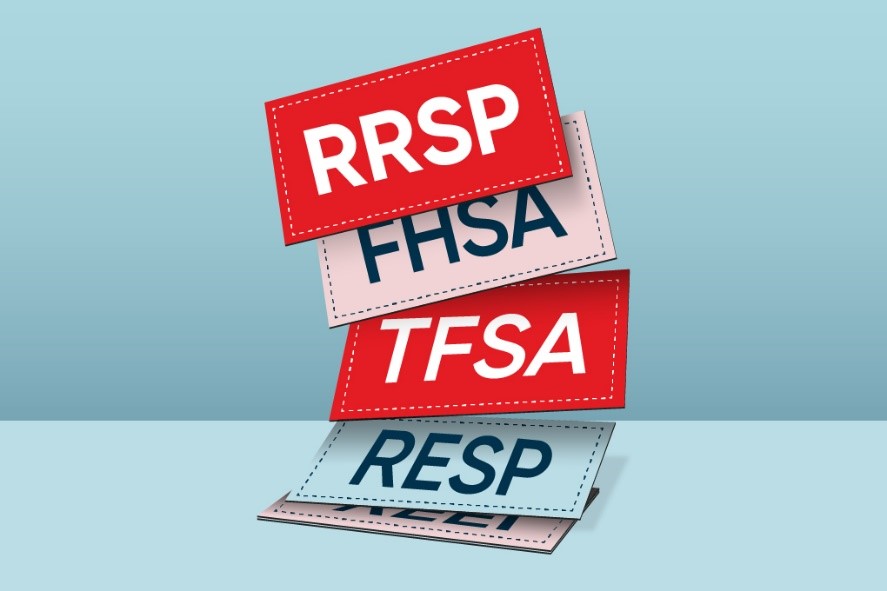In today’s ever-changing financial landscape, market volatility is inevitable. Whether it’s geopolitical tension, economic shifts, or changes in interest rates, understanding how to protect your investments during periods of uncertainty is essential for long-term wealth preservation. In this article, we’ll explore strategies to help you safeguard your portfolio from the unpredictable nature of financial markets.
-
Diversification: A Core Principle in Protecting Your Portfolio
One of the most important ways to protect your investments is through diversification. This strategy involves spreading your investments across various asset classes (stocks, bonds, real estate, and more) to reduce the overall risk of your portfolio. By diversifying, you limit your exposure to any one asset’s performance, ensuring that your portfolio remains stable even when certain investments experience downturns.
Why it matters: In volatile markets, some assets may perform better than others, while others may suffer losses. Diversification helps to smooth out these fluctuations by balancing gains and losses across your portfolio.
Did You Know?
A diversified portfolio isn’t just limited to traditional assets like stocks and bonds. Bitcoin has become a valuable asset for many investors looking to diversify their portfolios further. With its potential for high returns and its role as a hedge against traditional market risks, Bitcoin is increasingly becoming a core part of a diversified strategy.
If you’re curious about how Bitcoin can play a role in your portfolio, check out our Bitcoin E-Book to understand how you can include it as part of the 5% Bitcoin Solution—a way to protect your portfolio in volatile markets while enhancing long-term growth.
-
Stay Focused on Long-Term Goals: Avoiding the Pitfalls of Short-Term Thinking
Investing with a long-term mindset is crucial for weathering volatility. It’s natural to feel anxious when the market fluctuates, but making emotional decisions can often lead to costly mistakes. By focusing on your long-term goals, you can avoid panic selling during market dips and stay the course.

Why it matters: When markets are volatile, short-term market movements can trigger panic. However, investing for the long term allows you to ride out market cycles, knowing that your portfolio is designed to achieve your broader financial objectives over time.
If you’re unsure about how to set long-term financial goals, check out our SMART Approach to Setting Financial Goals, where we walk you through how to create actionable, achievable financial goals that can guide your path to building wealth.
-
Rebalance Your Portfolio Regularly: Staying Aligned with Your Goals
Portfolio rebalancing is an important strategy for maintaining alignment with your goals. Over time, the performance of your assets may cause your portfolio to drift from its intended allocation, leaving it more exposed to risk. Regular rebalancing involves buying and selling assets to bring your portfolio back to its target allocation.

Why it matters: Rebalancing helps to maintain your desired risk level, especially during periods of market volatility. It ensures that your investments remain aligned with your risk tolerance and financial goals.
For those in the Retirement Red Zone—the 5 years before and after retirement—rebalancing becomes even more critical. As you approach retirement, your investment strategy should evolve.
One of the biggest risks for those in the Retirement Red Zone is the sequence of returns risk—the impact that poor market returns in the early years of retirement can have on the longevity of your portfolio. If you experience market downturns in your first few years of retirement, it can significantly reduce the value of your portfolio, even if the market recovers later. Proper planning and rebalancing can help mitigate this risk, ensuring that your investments are structured to withstand these early years without depleting your savings too quickly.
To better understand how to manage this critical phase of your financial life, check out our Retirement Redzone Guide, where we dive into strategies to protect your portfolio and achieve your retirement goals.
-
Use Tax-Advantaged Accounts: Protect Your Investments from Taxes
Utilizing tax-advantaged accounts like RRSPs and TFSAs is another key strategy for protecting your investments. These accounts help shield your earnings from taxes, allowing your money to grow more efficiently over time. A Tax-Free Savings Account (TFSA), for example, allows your investments to grow tax-free, and you won’t pay taxes on withdrawals, making it an excellent vehicle for growth during volatile times.

Why it matters: By using RRSPs and TFSAs, you can reduce your tax burden and maximize your investment growth potential. This is especially beneficial when managing investments during volatile markets, as tax savings can add up over time.
To learn more about how to make the most of these accounts, check out our guide on Maximizing Your TFSA and RRSP.
-
Use Tools and Calculators: Plan Ahead with Confidence
Tools like the Retirement Projection Calculator are invaluable in helping you plan for the future. These tools allow you to visualize different market scenarios, adjust your savings and contributions, and estimate how much you will need to reach your retirement goals.
Why it matters: By using planning tools, you can make more informed decisions based on your specific financial situation. The Retirement Projection Calculator helps you see how your investments might perform in various market conditions, allowing you to adjust your strategies accordingly.
Start planning for your future with our Retirement Projection Calculator and see how it can help you stay on track even during market downturns.
Bonus Strategy: Dollar-Cost Averaging
One of the most effective ways to protect your investments from short-term market volatility is through Dollar-Cost Averaging. This strategy involves investing a fixed amount of money at regular intervals, regardless of market conditions. By doing this, you buy more shares when prices are low and fewer shares when prices are high, which helps mitigate the impact of market fluctuations.

Why it matters: It’s a disciplined approach that takes the emotion out of investing. Rather than trying to time the market, you invest consistently, allowing you to average out the price of your investments over time. This strategy can be particularly helpful during volatile market periods, as it helps reduce the impact of market timing mistakes and smooths out returns over the long term.
Conclusion: Why You Need an Advisor in Times of Volatility
While the strategies outlined in this article are key to protecting your investments, it’s important to recognize that navigating volatility requires expertise. An advisor can help you stay focused on your goals, rebalance your portfolio when necessary, and make adjustments based on market conditions. Having the right support is critical when managing investments through market ups and downs.
The proof is in the pudding. At Evans Family Wealth, we integrate comprehensive investment strategies with a tactical allocation approach designed to protect your portfolio during volatile times and drive sustainable, long-term growth. See for yourself how our tailored strategies can help you achieve your financial goals and weather market fluctuations with confidence.
Book a consultation today to learn how we can help you safeguard your investments and guide you toward a secure financial future.
Briana
